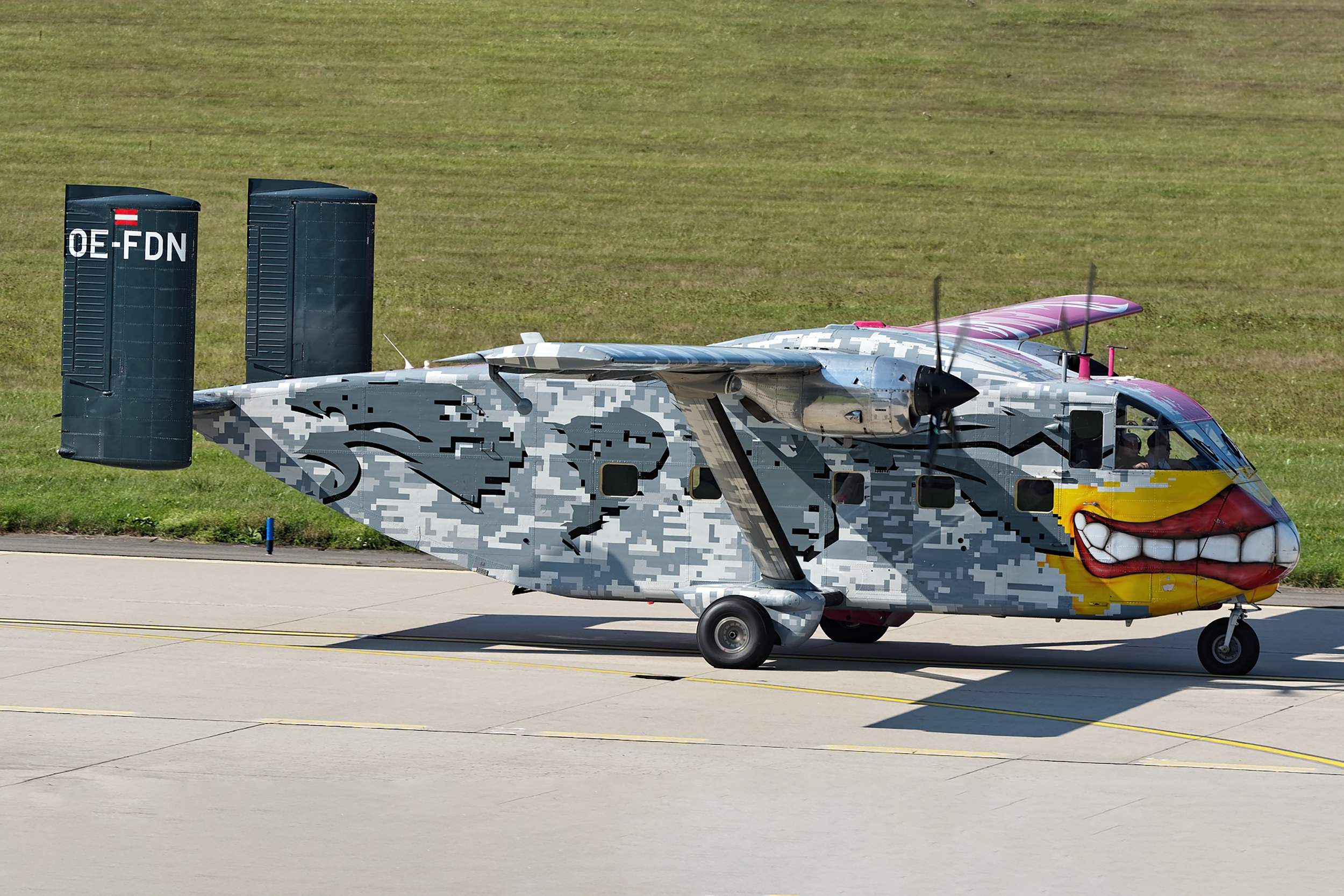
January 17 / Skyvan first flight
First Flight 17 January 1963
Short SC.7 Skyvan
The Short SC.7 Skyvan, affectionately dubbed the “Flying Shoebox,” is a fascinating chapter in the story of aviation, particularly for those who appreciate the blend of utility and unique design. Developed by Short Brothers, a company with a storied history in aircraft manufacturing based in Belfast, Northern Ireland, the Skyvan first took to the skies in 1963. Its journey began in the late 1950s when Short Brothers was approached by F.G. Miles Ltd, a firm eager to build on the design of the Hurel-Dubois Miles HDM.106 Caravan. This ambitious project aimed to create an aircraft featuring a high aspect ratio wing, similar to that of the Hurel-Dubois HD.31. However, after acquiring the design and trial data from the Miles Aerovan-based HDM.105 prototype, Short Brothers opted to forge their own path, ultimately leading to the creation of the Skyvan.
The SC.7 Skyvan emerged as a twin-engine, all-metal, high-wing monoplane that showcased a rugged construction and impressive STOL (Short Takeoff and Landing) capabilities. Its design featured a square-section fuselage, which bore a striking resemblance to a railroad boxcar. This not only contributed to its distinctive aesthetic but also facilitated efficient loading and unloading of cargo, making it a favorite among freight operators. The aircraft’s large rear door was particularly advantageous, allowing for quick and easy access, which was a game-changer for those in the cargo transport business.
Construction of the Skyvan began in 1960 at Sydenham Airport, and the first prototype took to the air on January 17, 1963. Initially powered by two Continental piston engines, the aircraft underwent significant modifications later that year. The prototype was re-engined with Turbomeca Astazou II turboprop engines, which provided enhanced performance and reliability. The second prototype, which represented the first Series 2 Skyvan, initially featured the more powerful Turbomeca Astazou X engines but was eventually fitted with the Astazou XII engines, which became the standard for the production models.
As production ramped up, it became clear that the Astazou XII engines had limitations at high altitudes due to temperature constraints. In response to these performance issues, Short Brothers transitioned to the Skyvan Series 3 in 1968, incorporating Garrett AiResearch TPE331 turboprop engines. These engines, with an output of 715 shp (533 kW), significantly improved the aircraft’s performance, solidifying the Skyvan’s reputation as a reliable workhorse in various operational contexts.
The production run for the Skyvan continued until 1986, during which time a total of 149 units were built, including the prototypes. While the Skyvan was initially conceived for passenger transport, it quickly found its true calling in cargo operations. Its spacious interior and robust design made it particularly appealing to freight operators, who valued its ability to operate from shorter runways and its versatility in various roles. Airlines utilized the aircraft for regional routes, but it also garnered interest from military forces and smaller air forces around the world.
In the decades following its introduction, the Skyvan became a popular choice for short-haul freight services, as well as for skydiving operations. The large rear door allowed for easy access for jumpers, and the aircraft’s rugged design made it well-suited for the demands of this adventurous activity. Many enthusiasts and skydiving centers embraced the Skyvan, further expanding its legacy beyond traditional cargo transport.
The impact of the Skyvan extended beyond its initial production. Its design principles and operational capabilities laid the groundwork for subsequent developments, notably the Short 330 and Short 360 regional airliners. These aircraft built upon the Skyvan’s ruggedness and utility, further expanding the range of services offered by Short Brothers and ensuring that the company’s legacy in aviation continued.
Today, while many of the Skyvans have been retired from commercial service, a number of examples continue to operate in specialized roles, particularly in cargo transport and skydiving. The aircraft’s unique design, combined with its reliable performance, has ensured its place in aviation history as a beloved and enduring symbol of British engineering. The Short SC.7 Skyvan stands out not only for its distinctive appearance and functionality but also for its significant impact on the aviation industry. From its conception in the late 1950s to its varied applications in the years that followed, the Skyvan remains a testament to the ingenuity and adaptability of aircraft design, continuing to serve in various capacities long after its initial production run.
Skyvan Facts
First Flight: The Short SC.7 Skyvan made its inaugural flight on January 17, 1963.
Design Origin: The aircraft was developed after Short Brothers acquired design data from F.G. Miles Ltd, which had sought to create a utility aircraft based on the Hurel-Dubois Miles HDM.106 Caravan.
Unique Design: The Skyvan is characterized by its distinctive square-section fuselage and a high-wing monoplane configuration, resembling a railroad boxcar.
STOL Capabilities: The Skyvan is known for its Short Takeoff and Landing (STOL) capabilities, allowing it to operate from short runways, making it ideal for rural and remote airstrips.
Cargo Focus: Although initially designed for passenger transport, the Skyvan became popular as a cargo aircraft due to its large rear loading door and spacious interior, which facilitated easy freight handling.
Engine Variants: The aircraft was originally powered by Continental piston engines, but it was later re-engined with various Turbomeca Astazou and Garrett AiResearch TPE331 turboprop engines throughout its production run.
Production Numbers: A total of 149 units of the Skyvan were produced before manufacturing ceased in 1986.
Military Use: In addition to commercial applications, the Skyvan was utilized by several military forces around the world for transport and utility roles.
Skydiving Operations: The Skyvan has become a popular choice for skydiving operations, thanks to its spacious cabin and large rear door, which allows for easy access for jumpers.
Legacy: The design principles of the Skyvan influenced later aircraft models, including the Short 330 and Short 360, which continued the company’s tradition of producing rugged and versatile regional airliners.



